The COVID-19 era has interrupted the development of many essential skills for young children, including early language and literacy skills. How can teachers help their young learners get on track this year? Today’s post shares 12 practical tips and ideas for enhancing the quality of language and literacy instruction in your early childhood classroom. Excerpted and adapted from Fundamentals of Literacy Instruction & Assessment, Pre-K–6, Second Edition (edited by Martha C. Hougen & Susan M. Smartt), these evidence-based strategies are effective ways to engage children with words and stories and build their facility with language.
Explicitly model and teach phonological and phonemic awareness skills.
 Teach children to recognize sound patterns using familiar consonant-vowel-consonant words such as at, bat, cat, fat, hat, mat, pat, rat, sat. Prompt your students to listen for and identify sounds at the beginning of a word or at the end of a word. Play with sounds using onset and rimes (e.g., /at/), changing the beginning sound to create new words. Introduce short vowel sounds, allowing ample time for multiple repeated exposures and practice opportunities before introducing more new information.
Teach children to recognize sound patterns using familiar consonant-vowel-consonant words such as at, bat, cat, fat, hat, mat, pat, rat, sat. Prompt your students to listen for and identify sounds at the beginning of a word or at the end of a word. Play with sounds using onset and rimes (e.g., /at/), changing the beginning sound to create new words. Introduce short vowel sounds, allowing ample time for multiple repeated exposures and practice opportunities before introducing more new information.
Demonstrate how sounds make words and words make sentences.
Explain how letters are used to represent sounds and sounds can be put together to form words. Using lowercase alphabet letters as visuals, demonstrate how to make a sound, place the letter that represents the sound on the table, and sound out the letters to spell a word (e.g., cat). Then explain how words are put together in sentences that tell about something. Display a picture of a cat to establish word meaning, and then use the word cat in a complete sentence to create an awareness of sentence structure and oral language communication: “This is a cat.”
Teach concepts of print.
Explain how spoken language can appear as written words that tell about something. Identify different ways to introduce and create sentence structures. For example, combine individual word cards to create a sentence and demonstrate the concept that words are put together to make a sentence (e.g., This is a cat). Display one to three sentences that show how sentences are put together to describe something (e.g., This is a cat. The cat is brown and white. The cat has four legs and a tail).
Teach children how to listen attentively.
As you read a picture book with children, model how to focus your attention and listen for important words. Use a think-aloud activity and verbally describe your thinking and behavior, saying, “I am looking and listening to learn about this book.” Demonstrate how to listen for and recognize familiar or new words that appear in text often, and have children copy your modeling. Show kids how to signal with a thumbs-up when they hear an important word in spoken or written language.
Explore why authors and illustrators create books.
Help children begin to understand an author’s purpose for creating a book. Explain that books are written and used for different purposes: informational books teach something about real people, places, or events, while storybooks include a setting, characters, events, problems, and an ending, and are often created for entertainment or to communicate a lesson.
Build vocabulary word knowledge.
Teach children how to identify key vocabulary words that enable listening comprehension and clarify understanding. Use details in a book’s illustrations to help identify the meaning of unknown words. Reread sentences in a book that enhance children’s understanding of unfamiliar words or new concepts.
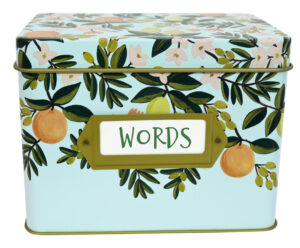 Create a word bank using a recipe box.
Create a word bank using a recipe box.
Use alphabetical dividers to separate and organize the words. Print individual words on cards that children (with your guidance, as needed) can manipulate to represent their ideas or feelings.
Extend learning using graphic organizers.
Read a story and use a graphic organizer to segment and describe story parts: setting, characters, events or problems, and a solution or ending. On a piece of chart paper, draw five ovals in a configuration similar to how dots appear on dice. Label each oval: setting, characters, problem, solution. Use the oval in the middle to add the book title and names of the author and illustrator. Draw pictures inside each oval that help children recall what they learned from listening to the story, and encourage children to use their own drawings to retell the story or describe or contrast characters.
Use details in illustrations and text to answer questions.
Engage children in collaborative conversations about details in book illustrations, how illustrators also help tell the story, and what the text means. Show children how to listen for details and use those details to answer questions about the story or illustrations. For example, ask, “How can I describe [character name or event]?” Then, using details from the text or illustrations, respond to the question: “I can see from this picture that Clifford is a very big dog with red fur,” or “The words on this page tell me that Clifford is the biggest and reddest dog on the street.”
Encourage speaking in complete sentences and questions.
 Provide multiple opportunities for children to use their language skills to describe, narrate, ask questions, and respond in complete sentences. Demonstrate how people change their voices and body language when asking a question or making a statement, and have children copy your model and role-play. Identify and use question words in oral language activities: who, what, when, how, why.
Provide multiple opportunities for children to use their language skills to describe, narrate, ask questions, and respond in complete sentences. Demonstrate how people change their voices and body language when asking a question or making a statement, and have children copy your model and role-play. Identify and use question words in oral language activities: who, what, when, how, why.
Name and describe objects by their attributes.
Demonstrate how to describe objects without narrating or telling a story about the object. Show children how to name colors, discuss sizes and shapes of objects, and identify similarities and differences between two objects or pictures. Learning to describe objects by their attributes is a literacy and reasoning skill children will use in multiple areas.
Integrate literacy instruction with math and science concepts.
 During a fingerpainting activity, reinforce use of math and science vocabulary words through oral language. Draw and label the directions for mixing primary colors of paint (red, blue, yellow) to create secondary colors (green, purple, orange) or tertiary colors (brown). Draw round shapes and fill them with color to show a math addition problem that represents two colors that are added together to make a new color (red 1 + blue 5 = purple).
During a fingerpainting activity, reinforce use of math and science vocabulary words through oral language. Draw and label the directions for mixing primary colors of paint (red, blue, yellow) to create secondary colors (green, purple, orange) or tertiary colors (brown). Draw round shapes and fill them with color to show a math addition problem that represents two colors that are added together to make a new color (red 1 + blue 5 = purple).
Use these 12 practical tips to reinforce and expand on what you’re already doing to get children’s early language and literacy skills off to a great start. And for up-to-date research and practical guidance on all the essential components of literacy instruction, get the book behind today’s blog post!
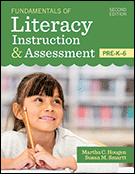
Fundamentals of Literacy Instruction & Assessment, Pre-K–6, Second Edition
Edited by Martha C. Hougen, Ph.D., & Susan M. Smartt, Ph.D., with invited contributors
Fully revised and updated, this core text covers the research base for structured literacy instruction and practical guidance on the essential components of literacy instruction: oral language, phonemic awareness, phonics, vocabulary, fluency, comprehension, handwriting, spelling, and writing. Practical features such as instructional activities, scripted demonstrations of lessons, and online resources give you explicit examples of how to translate the research into classroom instruction.
Stay up to date on the latest posts, news, strategies, and more!
Sign up for one of our FREE newslettersMore posts like this
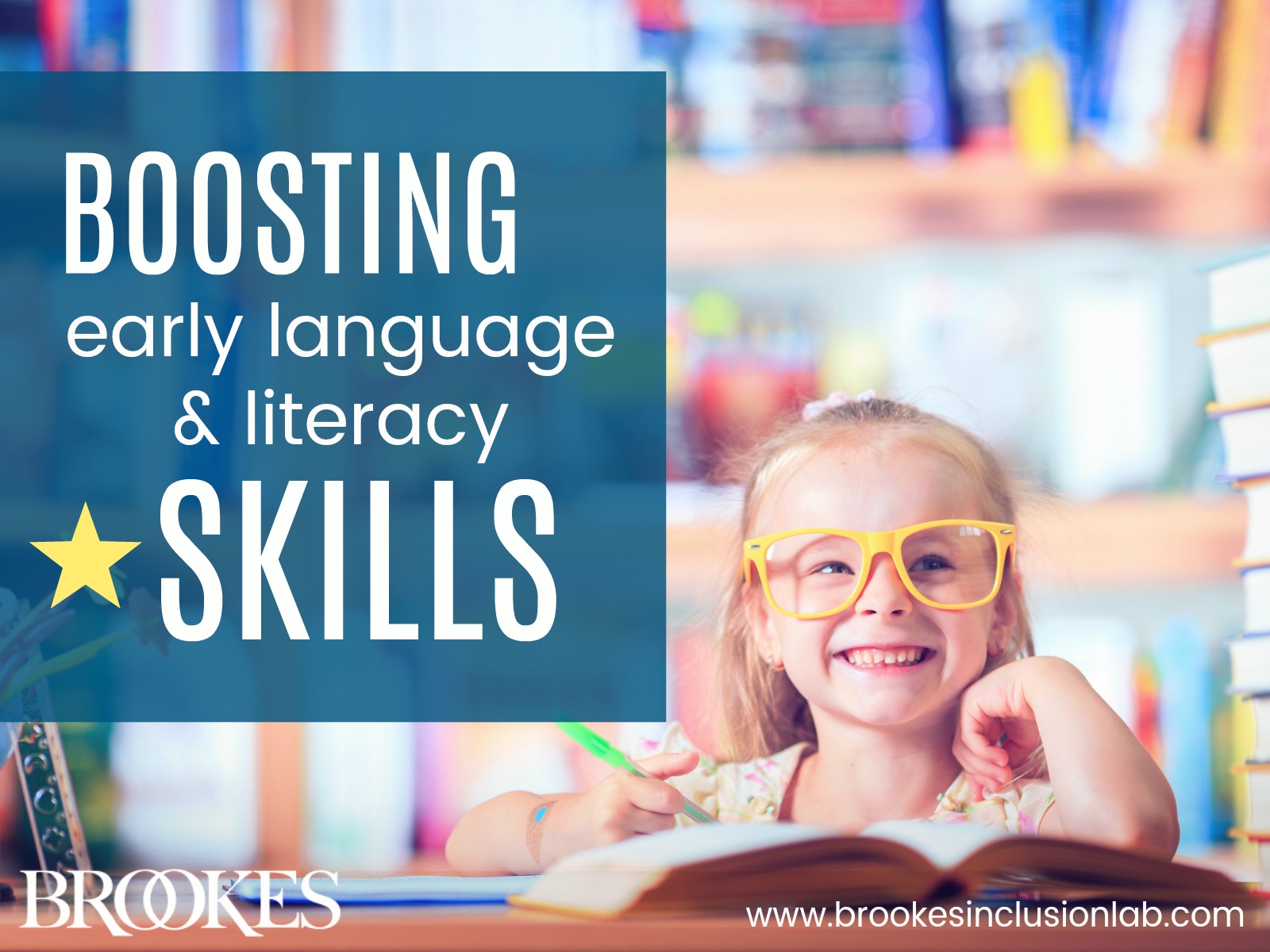
15 Ways to Boost Early Language & Literacy Skills in Inclusive Classrooms
September 3, 2019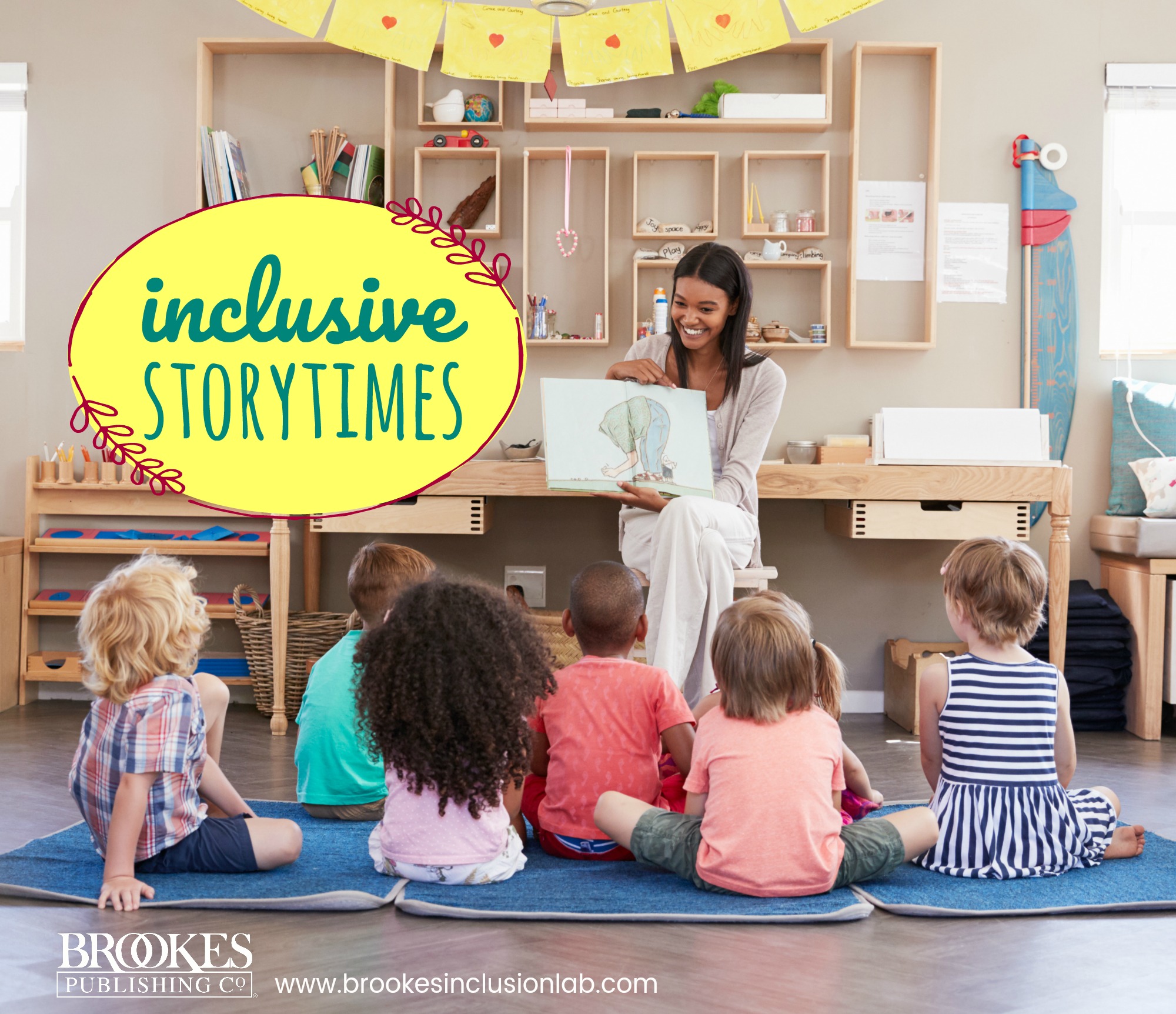
14 Ways to Make the Most of Storytime in Your Inclusive Early Childhood Classroom
May 16, 2018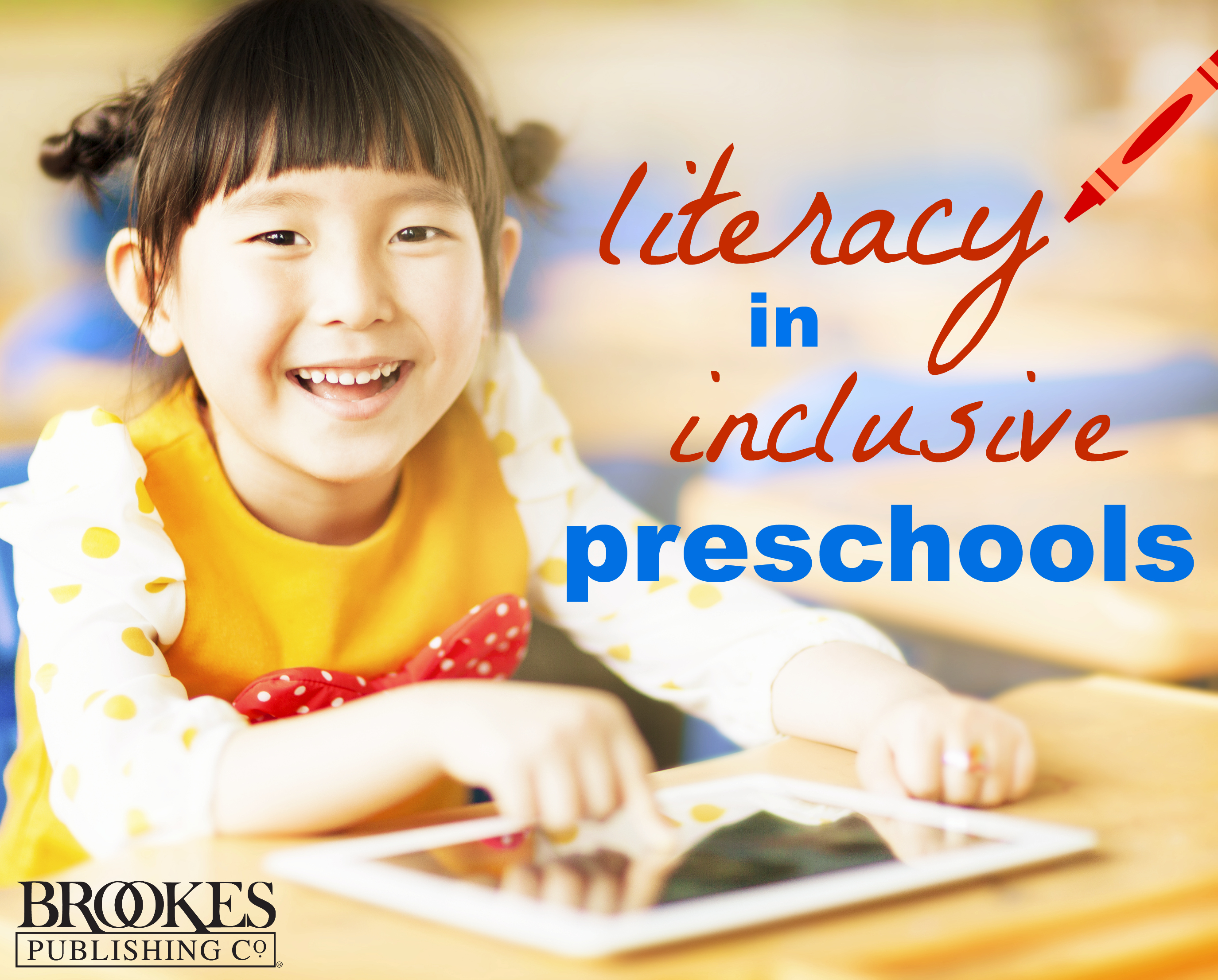



Write a Comment
Your email address will not be published. Required fields are marked *
Post a Comment